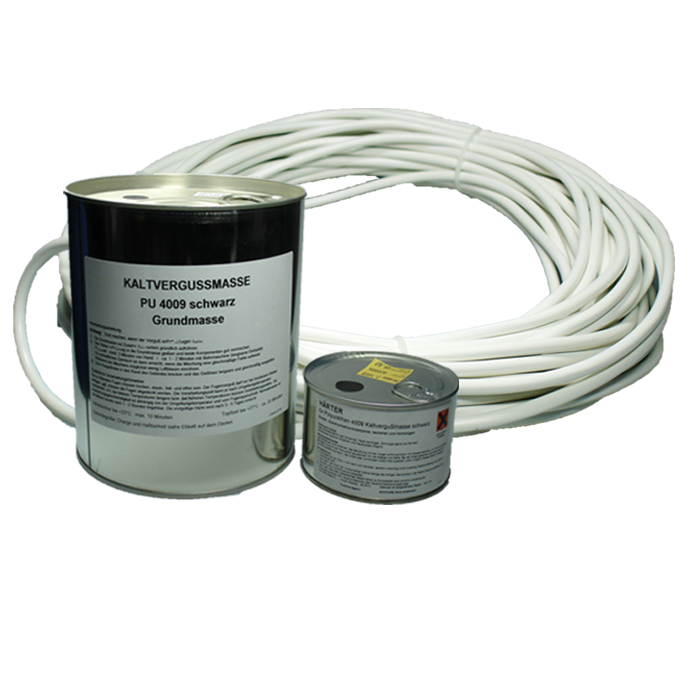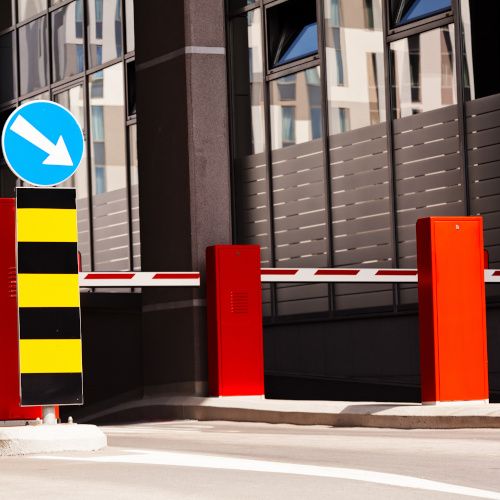KAS INDUCTION LOOPS
Ready-to-use Loops and Accessories


The induction loops are usually installed in a square or rectangular shape. The installation in asphalt or concrete ground requires a saw slot with the following geometric dimensions: depth: approx. (40 – 70) mm, width: approx. (8 - 9) mm.
Depending on circumference and shape of the loop, different values of inductivity are obtained. Inductances of the loops above are within the optimal range of operation (60 – 300) μH for SWARCO TRAFFIC SYSTEMS detectors. Within this range, the highest sensitivity is obtained.
The length of the loop feed cable may be reduced!
Please observe before sealing:
- Saw slot must be dry and free of dust.
- Loop wire must be completely at the bottom of the saw slot. Wedges of wood or silicone may be used to fix the loop wire.
- Fill saw cut cleanly; use only as much sealant as needed to fill the slot.
- Let the sealant harden.
- The loop must not be able to move in the slot or in the duct, the loop position must not be changed.
- Change of the loop position may be caused by:
- Crossing of heavy vehicles (HGV, tanks...)
- Swinging bridges
- Different materials, in which the loop is laid in, e.g. one-third of the loop laying in concrete, two-thirds in black top.
SVM JOINT SEALING COMPOUND
For filling and sealing the cable joints, SWARCO offers aa two-component, filled polyurethane cast resin PU 4009 (grey or black). After final hardening, the compound will be elastic and insensitive to frost or heat.
For more details refer to the datasheet SVM Joint Sealing Compound in the download area.
Attention:
Iron reinforcement in the ground reduces the sensitivity of inductance loops. The smaller the distance between loop and the reinforcement, the lower is the sensitivity. Tracks, girders, grating or steel constructions must be regarded as such reinforcements. If possible, avoid iron reinforcements during the planning-phase or lay loops lower.
SPECIAL AREAS OF APPLICATION:
Loop installation underneath paving
Loops are laid in the sandstone layer between the lower gravel layer and the pavers.

